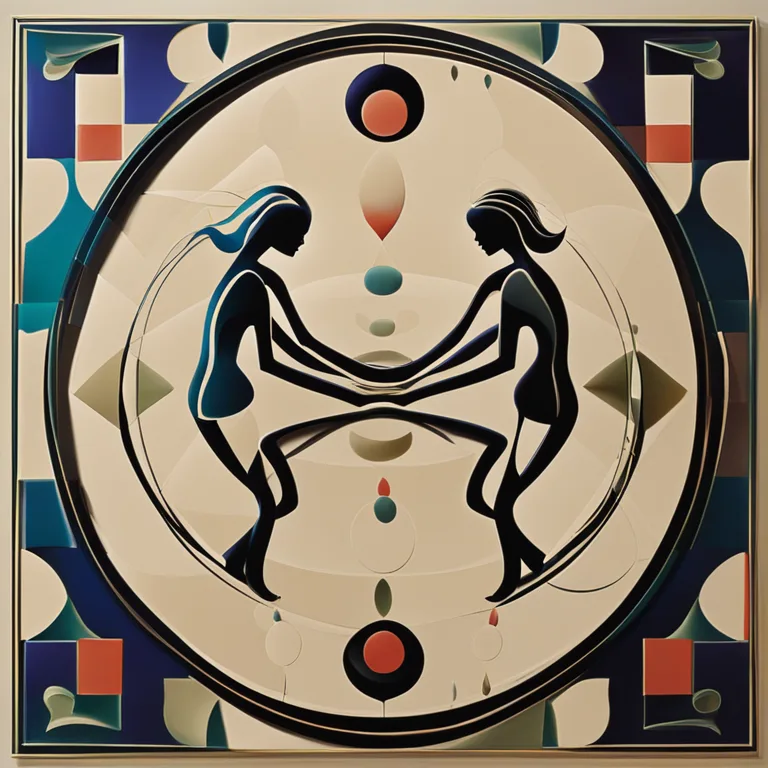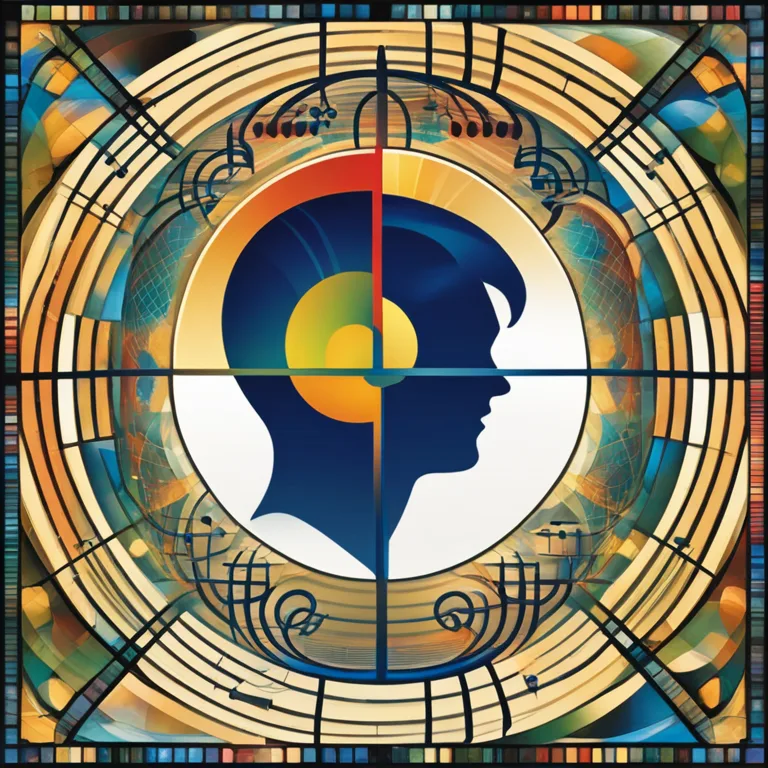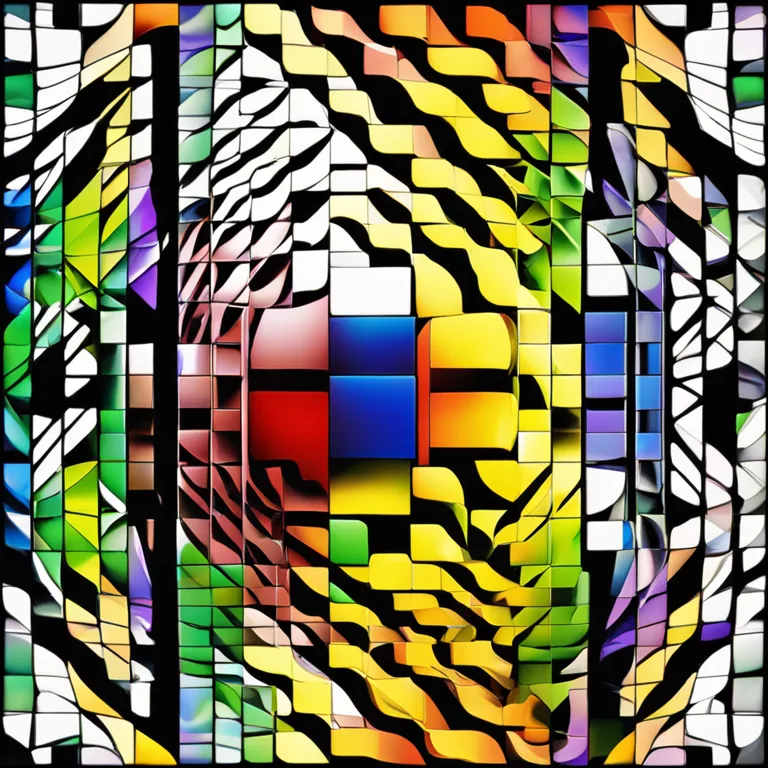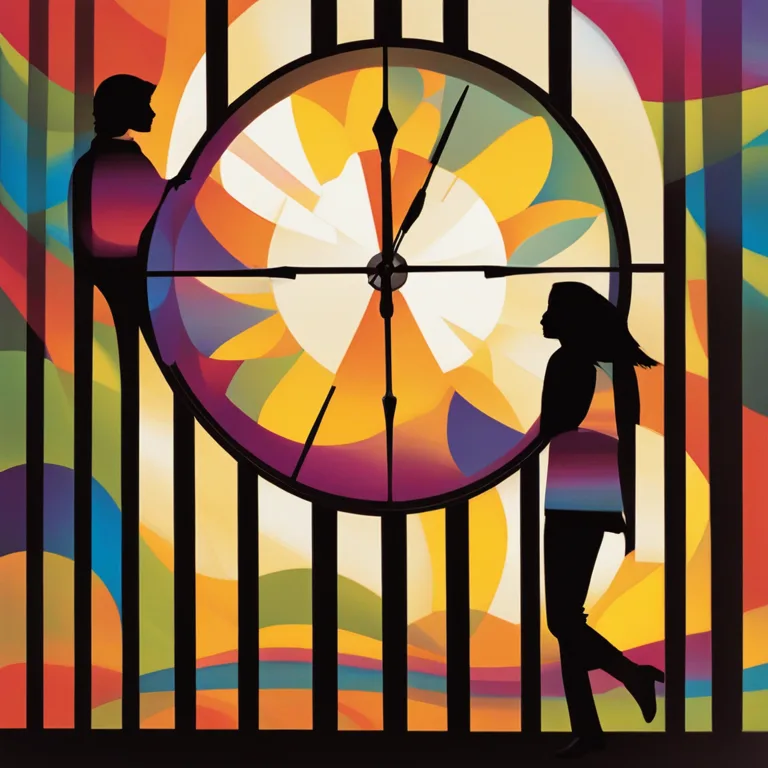
Biorhythm Love Match: Finding Harmonic Relationships
Discover the intriguing connection between biorhythms and love compatibility. Learn how to harness the rhythm of life to enhance your romantic connections.
article by Adrian Wallace
The Basics of Biorhythms
Biorhythms are inherent cycles that govern human life, influencing our physical, emotional, and intellectual states. Originating in the early 20th century, the theory of biorhythms suggests that from the moment of our birth, we embark on these cycling patterns which can predict our efficiency, vitality, and receptiveness. With today's grasp of chronobiology, we scrutinize these cycles not as rigid predictors of fate, but rather as a dynamic framework interacting with our lifestyles and choices. Innovations in data analysis allow us to delve deeper into how our personal biorhythms might align or misalign with others', shaping the ebb and flow of relationships, including romantic ones.

Connecting Biorhythms to Love
The dance of love is a complex choreography influenced by a multitude of factors, among which are our aligning cycles. A "biorhythm love match" looks beyond surface-level compatibility, focusing on how well two individuals' biological rhythms synchronize. The hypothesis is captivating: by understanding the cycles, partners can better navigate the highs and lows of a relationship. This approach advocates for timing—attuning to when each partner is likely to exhibit peak emotional and physical states and understanding periods of potential withdrawal or conflict.

Calculating Your Biorhythm Compatibility
Specially designed algorithms in 2024 allow for a more nuanced analysis of biorhythmic compatibility. Interested couples can input their birth data into online calculators, offering insights into their conjoint cycles. These tools consider the trio of primary biorhythms: the 23-day physical, 28-day emotional, and 33-day intellectual cycles. By overlaying these cycles, individuals can identify periods of natural harmony or dissonance, potentially foreseeing times of passion, argument, or deep conversation, aligning their relationship strategies accordingly.

The Impact of Timing in Romance
Biorhythm advocates posit that the key to a flourishing romantic partnership lies in the timing. A promising phase to start a new relationship or reignite an old flame might be when both partners are experiencing an uptick in their emotional or physical cycles. Conversely, recognizing a downturn can prompt partners to be extra patient or forgiving. With this knowledge, couples can enhance the way they express love, plan significant events, or resolve conflicts, all through the lens of their biological rhythms.

The Skepticism and Science
Despite its popularity, biorhythm theory is not without skepticism, and scientific backing remains thin. While it's clear that humans experience fluctuations in their well-being, asserting fixed cycles that can predict interpersonal compatibility is debated. Mainstream science urges considerations of psychological and environmental factors in romantic compatibility. Nonetheless, for many, biorhythms serve as a supplementary tool to reflect on personal patterns and cultivate self-awareness in relationships.
Using Biorhythms as a Guide
Whether deeply invested or casually interested in biorhythms, individuals can use this framework as a guide—not a rulebook—for their love lives. It's a vehicle for introspection and discussion, opening dialogues about needs and experiences in a relationship. This awareness alone can sometimes foster understanding and connection, making the concept of biorhythm love matches a compelling consideration for those navigating the journey of love in 2024 and beyond.
Published: 12/28/2023
Modified: 12/28/2023
More predictions
Come back here soon to learn more about yourself and your future


Unlocking Biorhythm Calculations
Learn the ins and outs of measuring your biorhythms to align with your natural energy cycles for enhanced well-being and decision-making.


The Practical Uses of Biorhythms in Our Lives
Discover how biorhythms can be applied to improve well-being and achieve a better understanding of personal cycles in health, decision-making, and relationships.


The Synergy of Cycles: Biorhythm Compatibility
Discover the secrets of biorhythm compatibility and how it might influence personal connections in our comprehensive guide.